Since its 1982 opening, the Epcot theme park, originally known as Epcot Center, has been a beloved part of the Walt Disney World experience. However, any Disney fan worth their pixie dust knows that Walt Disney dreamed of a very different EPCOT in the months leading up to his death in 1966. Instead of a theme park, Walt dreamed of a building a real functioning city in Central Florida – an Experimental Prototype Community Of Tomorrow – that he hoped would cure many of the world’s ills.
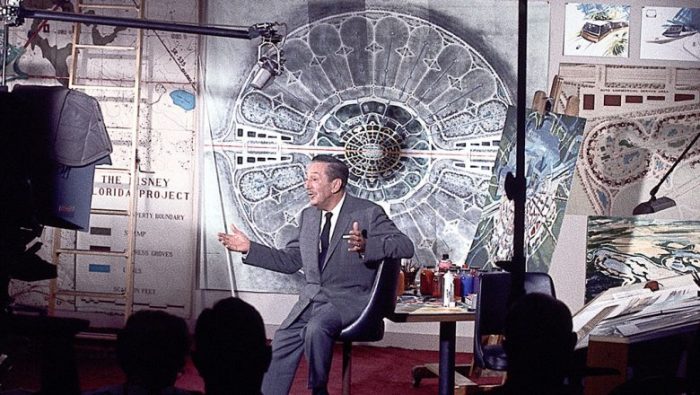
In the decades since Walt passed, fans and researchers alike have scoured over all the plans Walt left behind, debating if the concept was even feasible. However, comparatively few have questioned whether Walt’s EPCOT would be somewhere people would actually want to live. Before we determine whether EPCOT would have been someplace you’d want to live, we first need to look at what exactly Walt had in mind for the 27,000 acres he’d purchased in the greater Orlando area.
According to Disney historian and author Jim Korkis the genesis of the EPCOT project came from a book Walt read while he and his team worked on attractions for the 1964 World’s Fair. The book, entitled The Heart of Our Cities: The Urban Crisis: Diagnosis and Cure was written by well-known architect Victor Gruen and broke down his issues with the car-centric urban sprawl of early 1960s America while laying out potential ways to fix the issues he felt plagued the country’s cities.
Taking Gruen’s theories to heart, Disney used his namesake company’s resources to purchase the aforementioned land while at the same time urban-planning his dream city with a small handpicked group of Imagineers. Walt’s vision was famously laid out in an EPCOT short, which was filmed just weeks before his death.
Between the film and scale models (popularly known as the Progress City model and currently located at the Magic Kingdom) and concept drawings, we can piece together that the Florida Project’s EPCOT city would have consisted of several “rings” including:
- A totally climate-controlled city center, built around a 30-story cosmopolitan hotel and convention center. The area would be pedestrian-centric and contain an international shopping district that would later inspire World Showcase.
- An expansive greenbelt that would separate the city center from residential areas and feature parks with playgrounds, community centers, schools, stadiums, and churches.
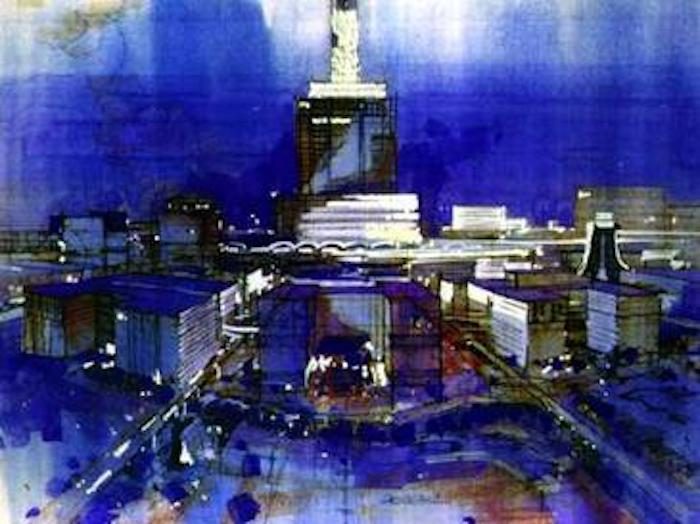
- A residential area made up of apartments and homes for the city’s 20,000 citizens, all of which would be outfitted with an ever-changing array of technology provided by American corporations.
- A Disneyland-like theme park – which would eventually evolve into the Magic Kingdom — would be located on the outskirts of the property, as would an industrial park of R&D labs maintained by the same American companies that provided the technology to residents’ homes.
- An international airport.
All of these rings would be connected by futuristic-for-the-time transportation modes including a system of WEDWay PeopleMovers and Monorails. Automobile traffic would be limited to roads on the outskirts of the city as well as through underground roads and garages.
Now that we’ve gone through the basics of Walt’s EPCOT, the question remains: “Would you want to live there?” The answer likely comes down to how much control over your life you’d be willing to give up. In addition to the lack of vehicular traffic, Walt intended that no EPCOT residents would own their land/home/apartment, allowing their living spaces to be remodeled and changed at any given time without their consent. Residents would also have no municipal voting rights or control over the city’s government.

In addition, all residents would be required to work on property at either the “theme park, the city central core shopping areas, the hotel/convention center, the airport, the Welcome Center, or the industrial park,” and there would be no retirees.
These heavy rules and regulations played a big part in why the Walt Disney Company didn’t go through with the original version of EPCOT in the years after Walt’s death, instead opening Walt Disney World as a comparatively more conventional vacation destination and later turning EPCOT into Epcot Center. However, there were still many elements of the EPCOT concept and layout built into Walt Disney World’s infrastructure.
Do you think you would want to live in Walt Disney’s original version of EPCOT, even if it meant giving up control over your career, municipality, and even your home? Let us know in the comments below.
Check out more Disney history at the links below!
- Disney Canceled 3 BIG Projects for Disney Springs
- “Toad-In’s” Predicted Modern Disney Adults 25 Years Ago
- A Disney Imagineer Reveals the Secrets Behind Their LEGENDARY Career in NEW Film
- A Timeline of EVERY Canceled Project in EPCOT History
- What Disney World is REALLY Losing With the Permanent Closure of Muppet*Vision 3D
- I Can’t Be the Only Disney Adult Who Thinks About This Abandoned Hotel in the Middle of the Night
- Universal Canceled 6 BIG Projects for Universal Studios Orlando

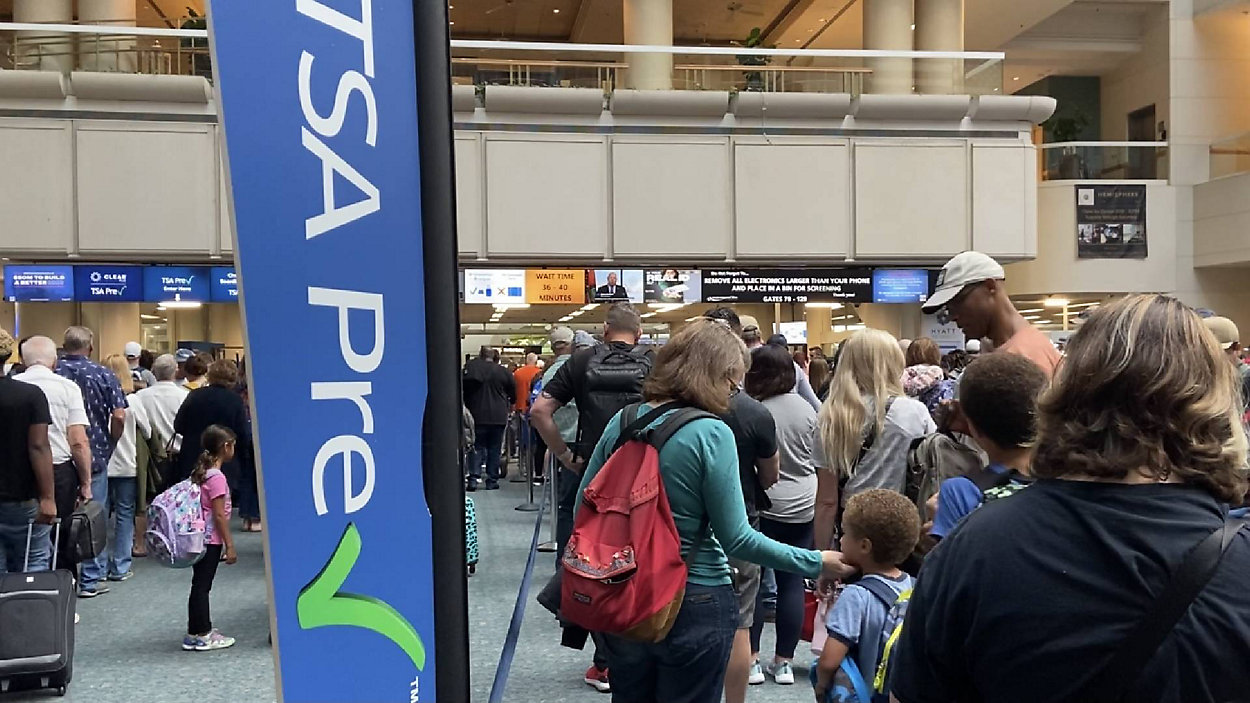
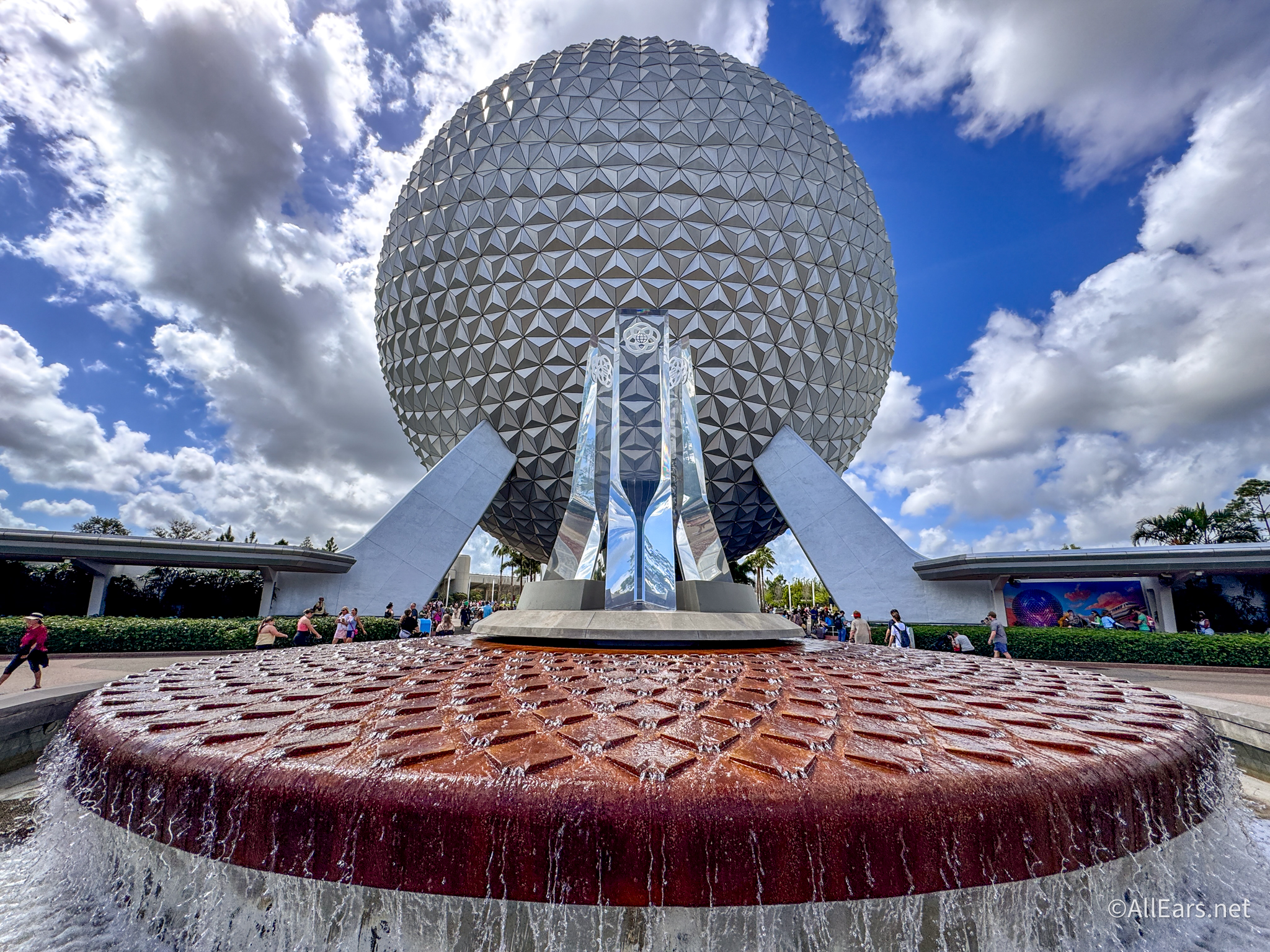
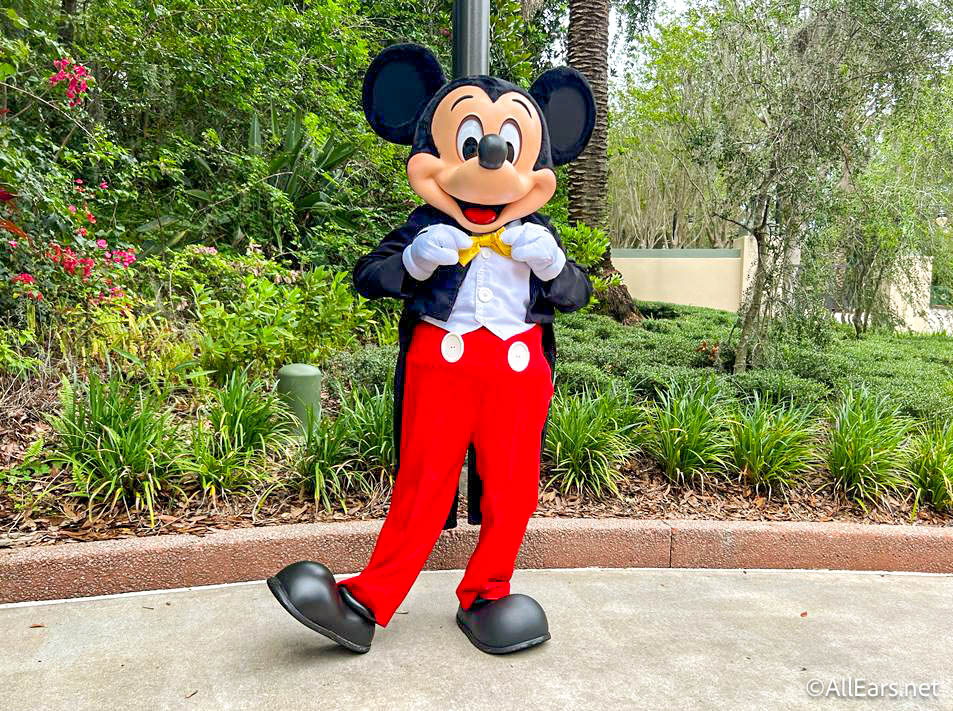
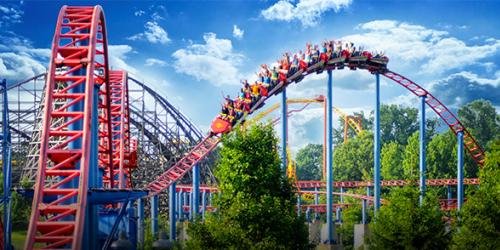


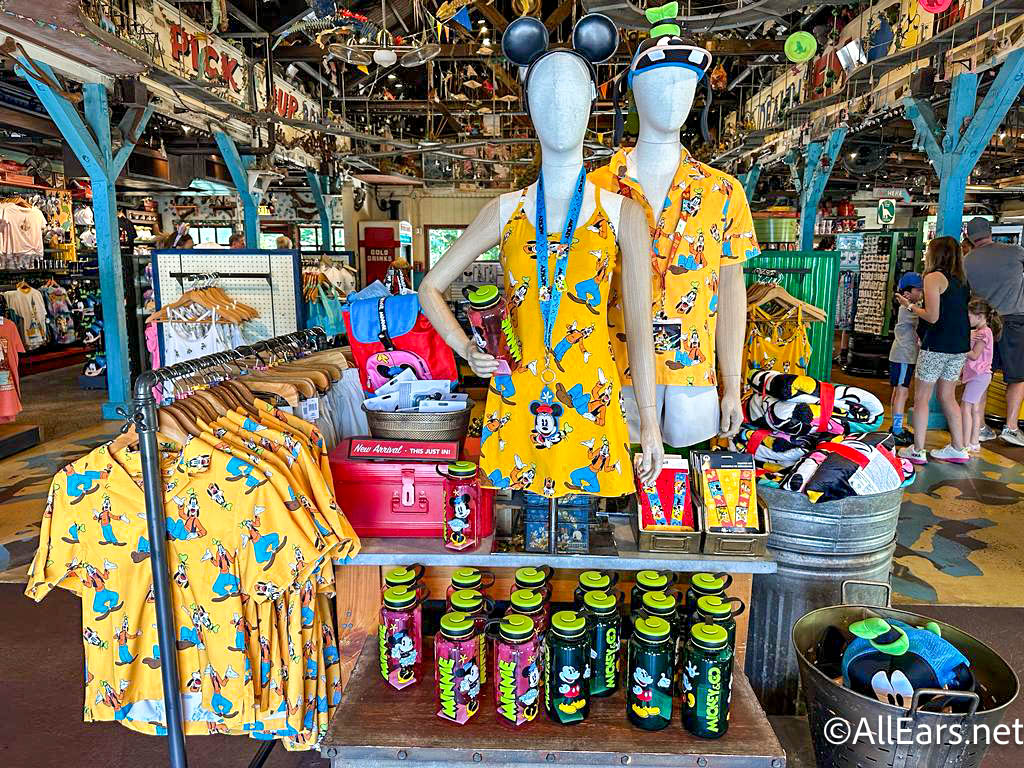
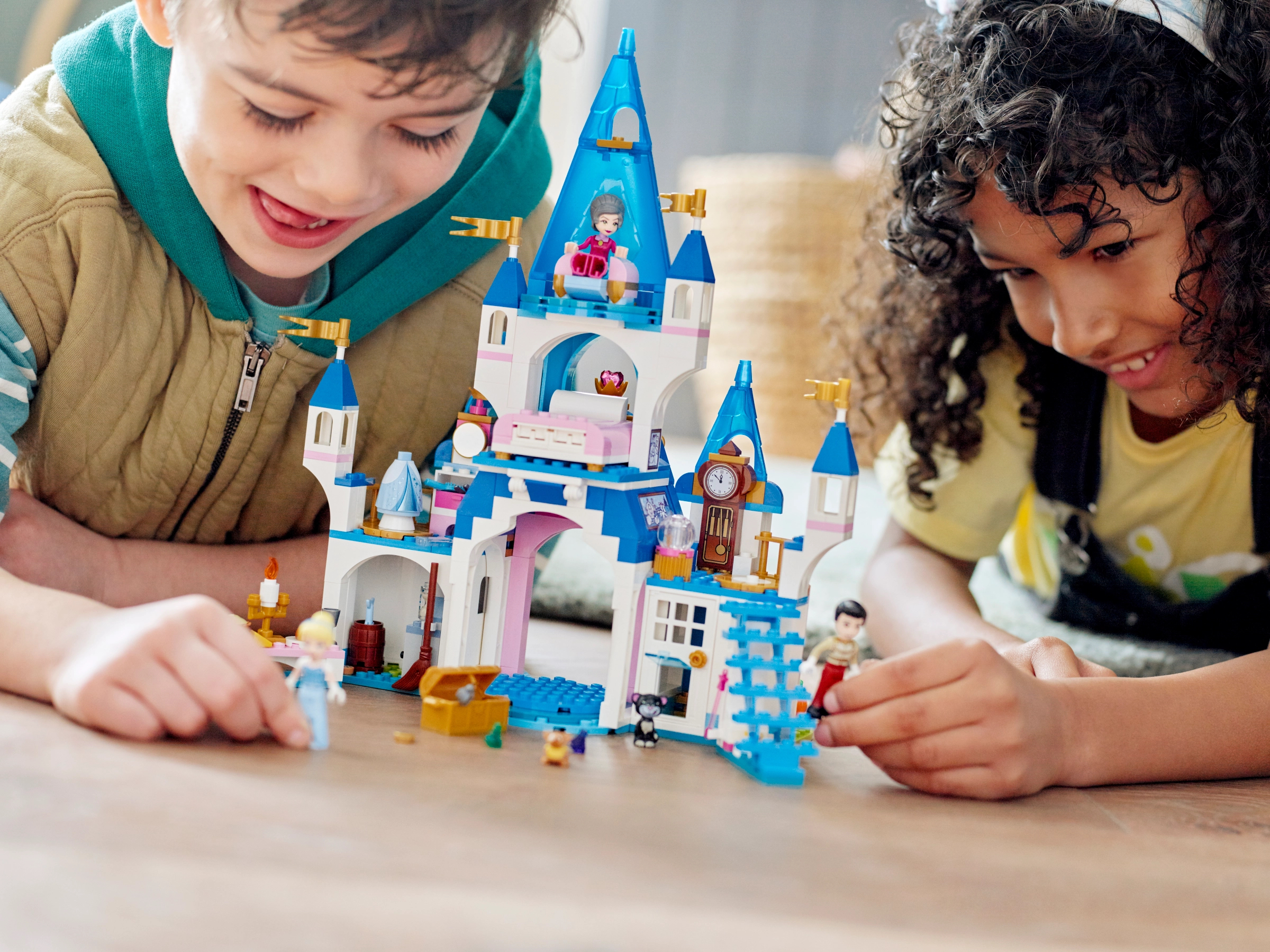

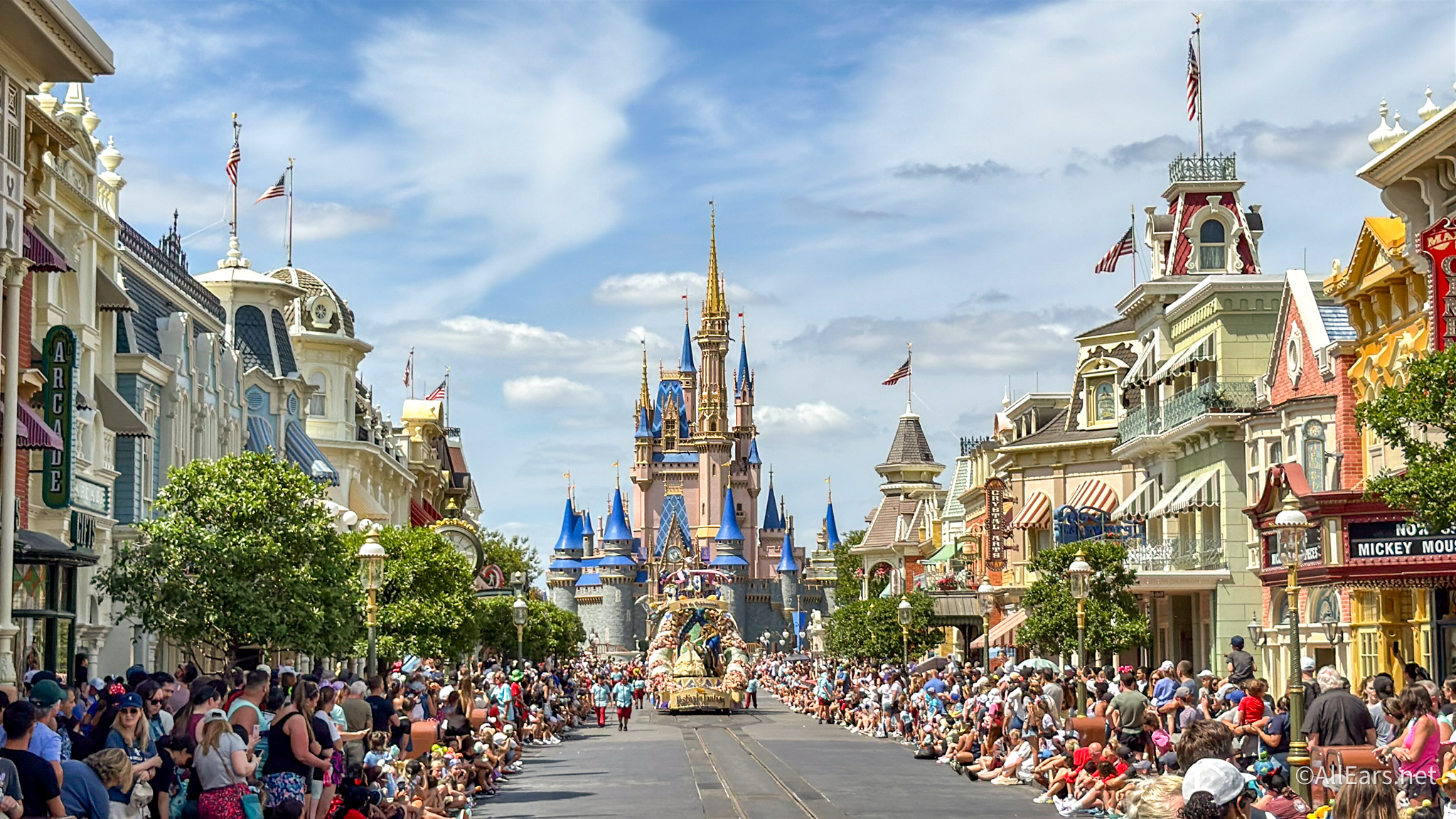
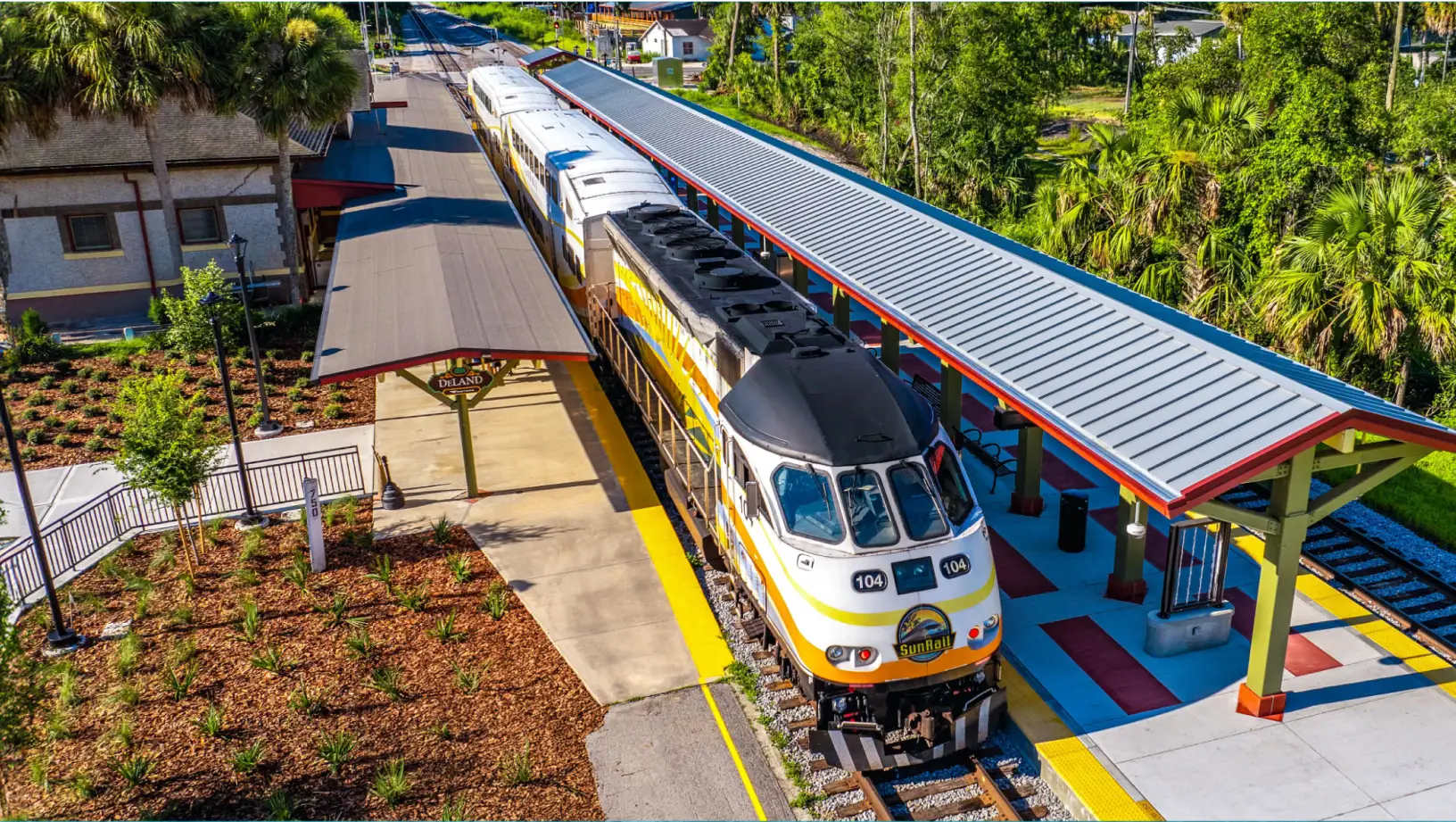
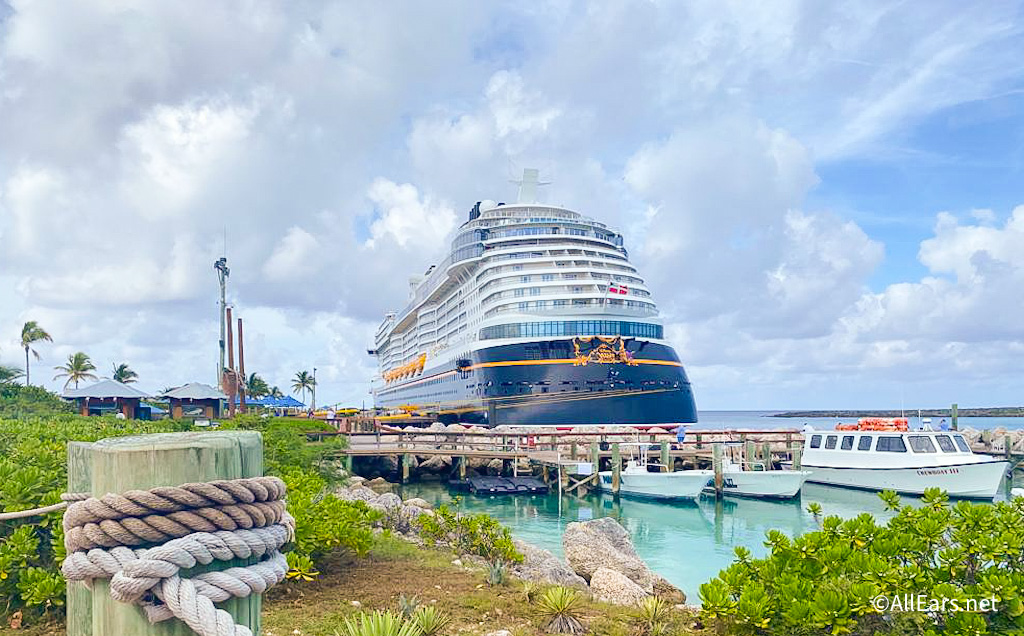
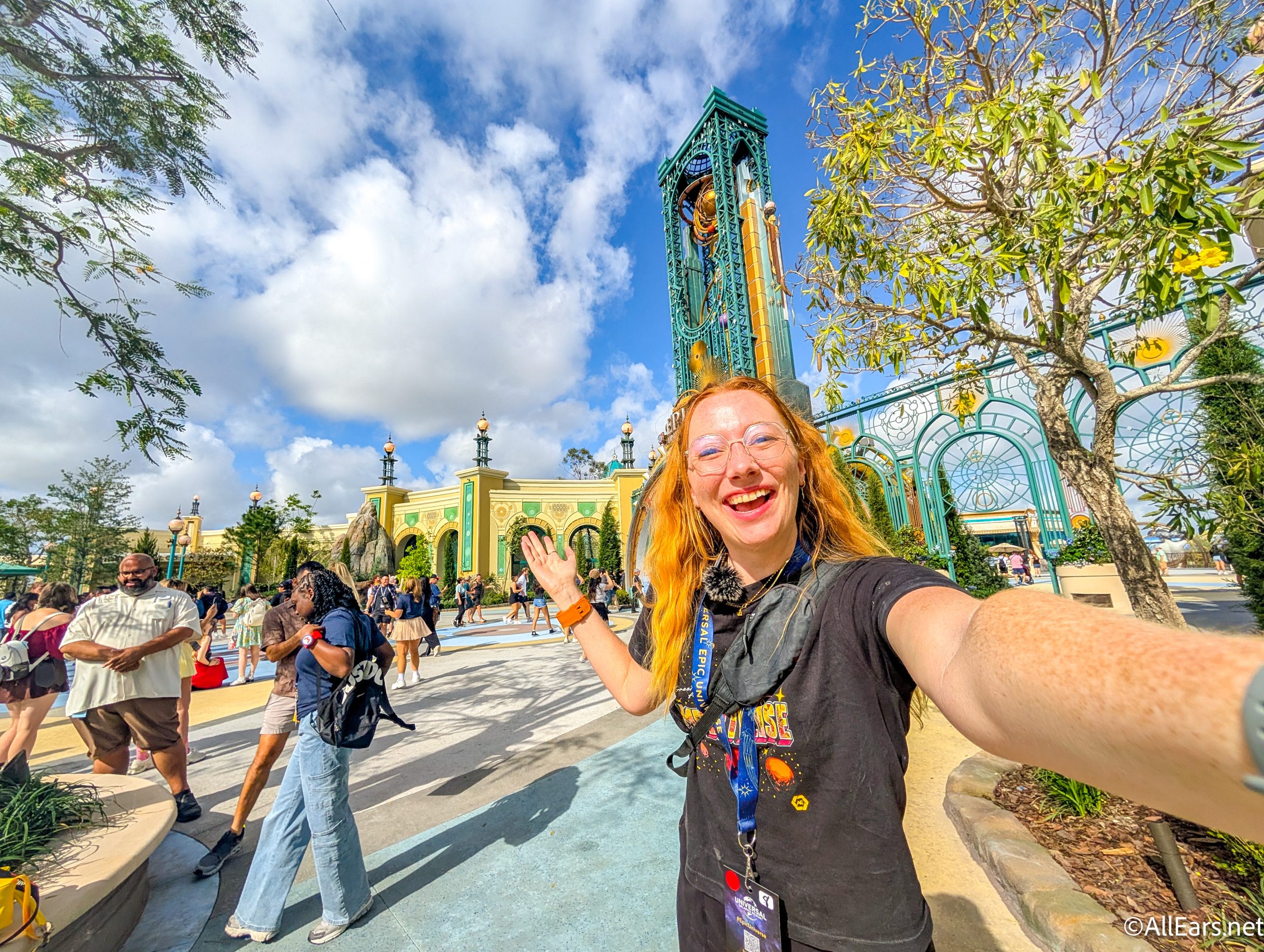

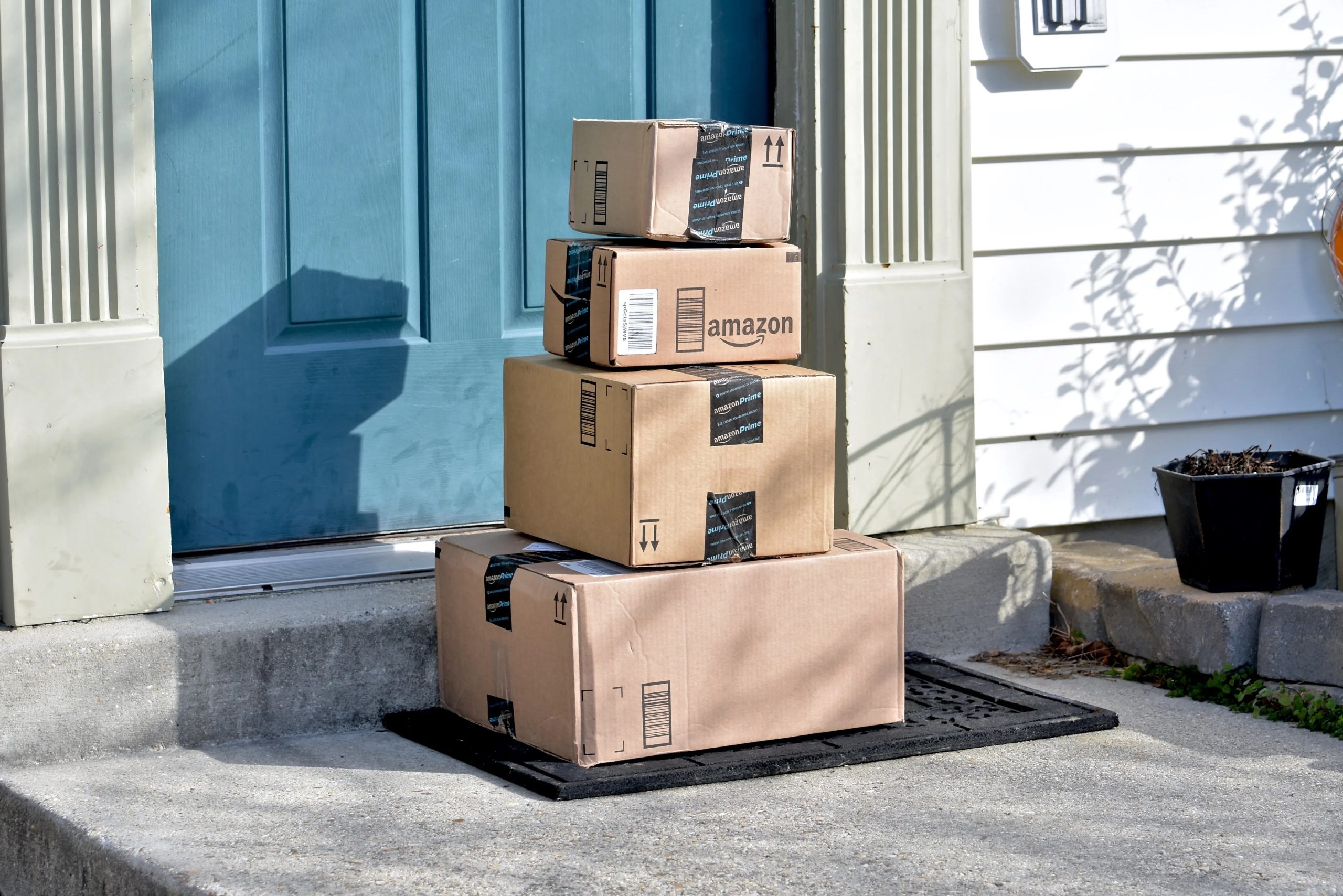
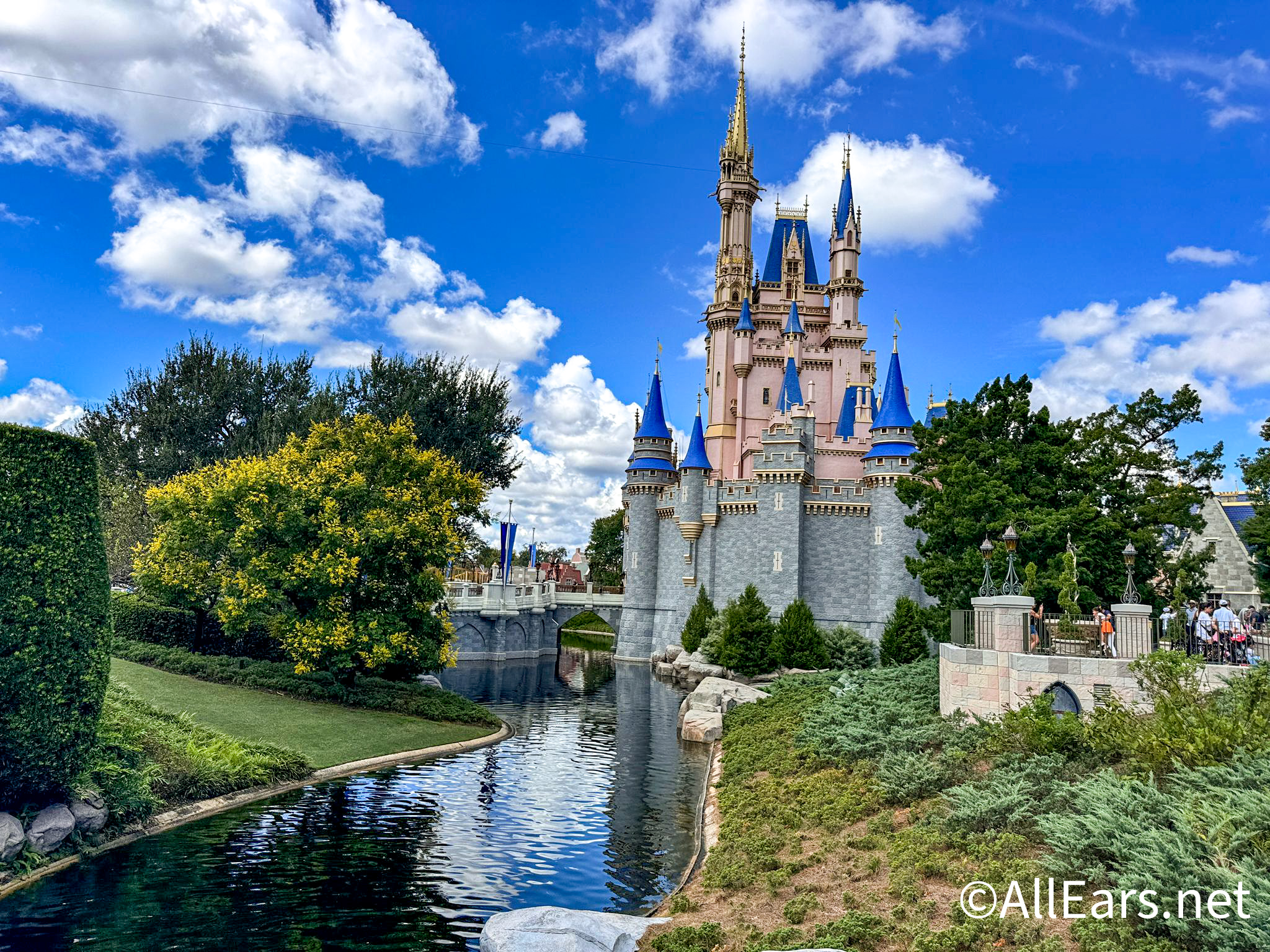
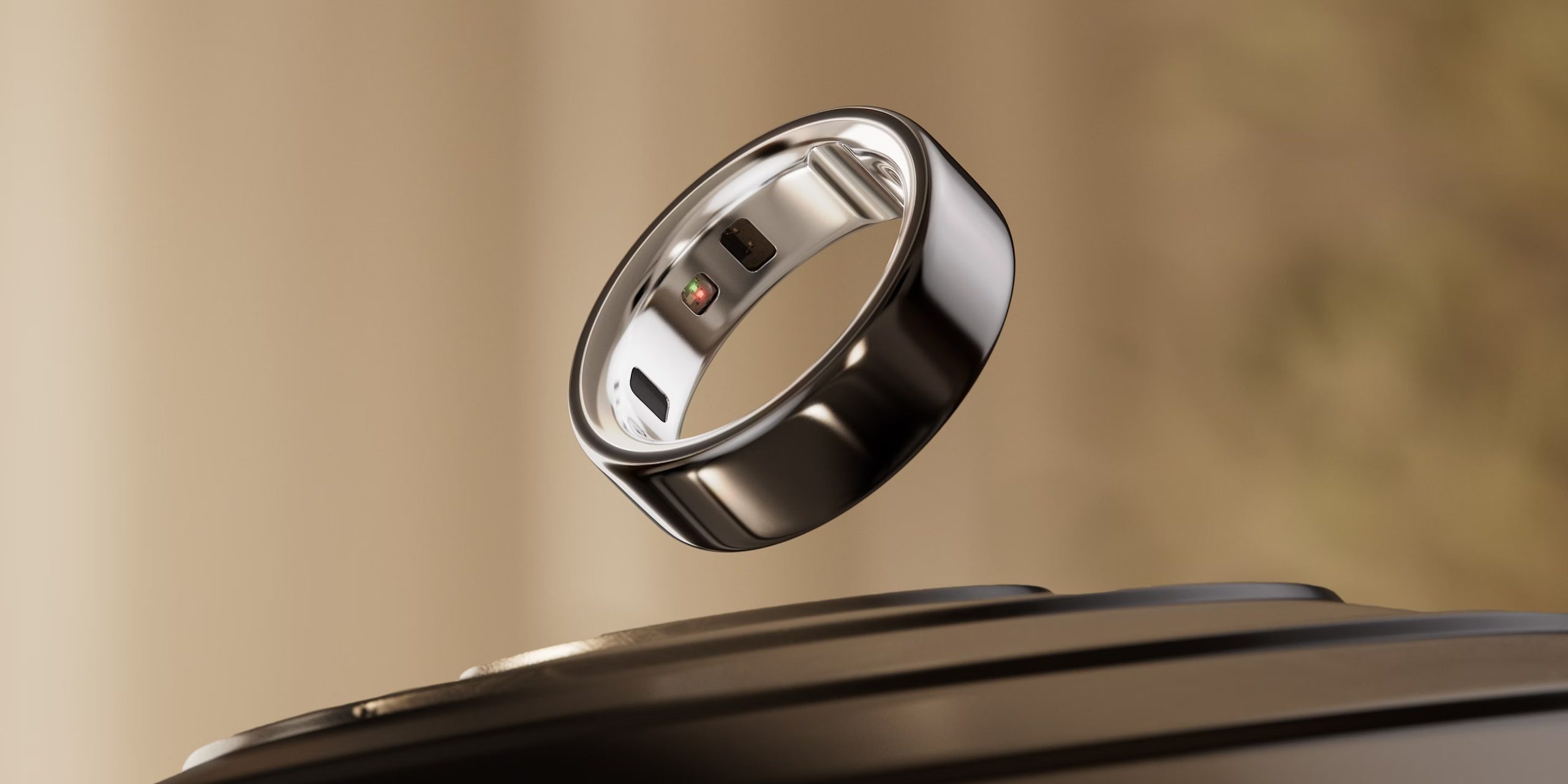
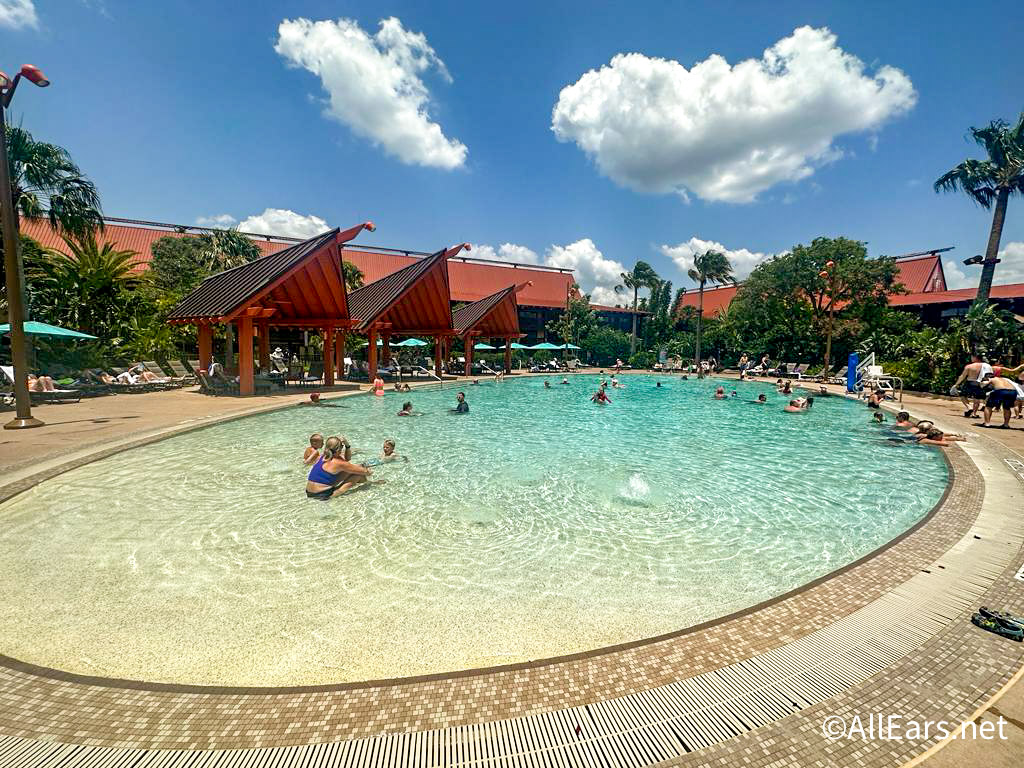

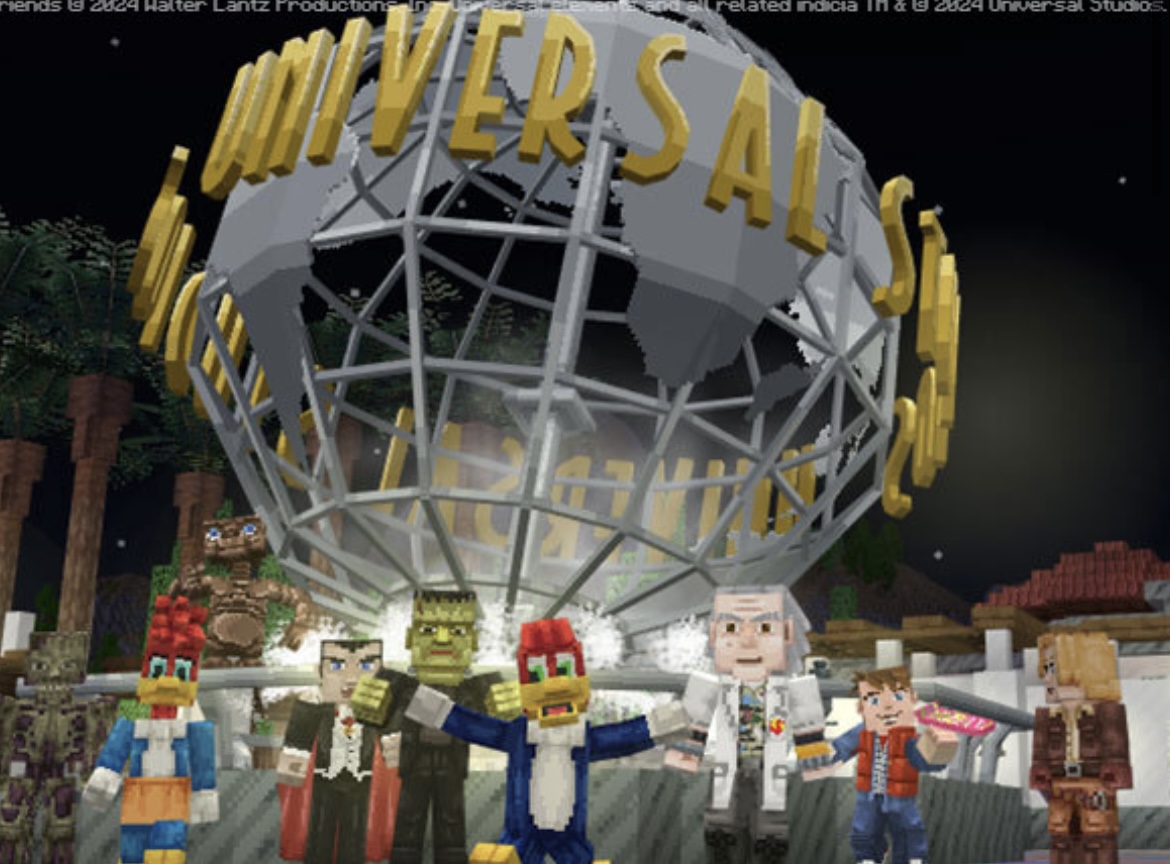
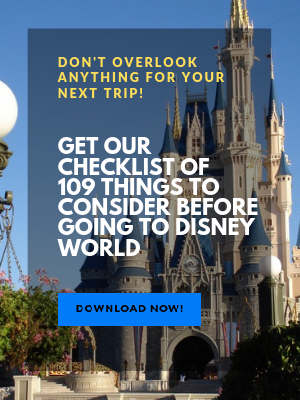
I would have happily lived in Epcot 1983.
I am very interested to see if anyone says “yes, I’d love to live there.” With no voting rights, and no real say in where you work or live, this is a blatantly un-American way of life. No thanks.
In the end, EPCOT’s idea of promoting prototypes of inventions from INdustry (as Walt would pronounce it) would fail. The reason became not the hardware, but the conversion of invention from dedicated hardware to generalized hardware and dedicated software.
The last gasp was AT&T’s “and the company that will bring it to you” commercials. Because yeah, we got a lot of that. And none of it from AT&T. Smaller, more agile firms were able to dedicate themselves to making it without the concern (as Xerox had with the PARC project that became the Macintosh and Windows, or KODAK having invented the digital camera) that it would undermine some other more consistent business line. When an invention is pure software, it is extremely easy to copy on the surface and beat the originator’s real implementation to market. For one example, copy-cat apps of Apple’s date-based Photos browser appeared within a few weeks of the Developers Conference where it was premiered, all before the IOS upgrade that provided it for real. Sure, none of them were quite as good as what Apple eventually produced, but it was enough to keep Android a viable alternative for another round of upgrades – feature Parity.
Disney-MGM as a studio failed because not just that the directors and producers didn’t want the distraction, but also that marketing needed to control the message. Spoilers were abundant, and this was even before the Internet became what it is now in that regard. Bad word-of-mouth feedback of what would eventually be a deleted scene anyways could ruin a film before it got out. Marketing needs to control the message.
Software and inventions also have a stock-price knock-off effect. Anything in these kitchens or washer machines or lighting systems or whatever else they prototype and put before people is not going to be perfect, but it IS going to get talked about. Failures, flaws, even little things don’t just become tiny step backs for the corporation: they become reasons why wall street gives up on a company and dumps the stock. We don’t see the prototypes that don’t work because not every company is as immune to a bad demo as, say, Microsoft was. Especially if one of these inventions breaks in such a way that it hurts somebody or ruins their house, and it gets out that in spite of the damage, they had to also sign a document saying they wouldn’t file a lawsuit over anything. Reviews of the final product in the press would always be tainted by the failures of the prototypes, made public.
So as an idea, it was doomed to fail, and as such, over time new prototypes would stop rolling out to residents and everything would get stale and start to fall apart and eventually replaced with normal off-the-shelf replacements.
Hate to be a downer, but that’s where we are today: nobody sees the prototypes, because marketing needs to control the message.